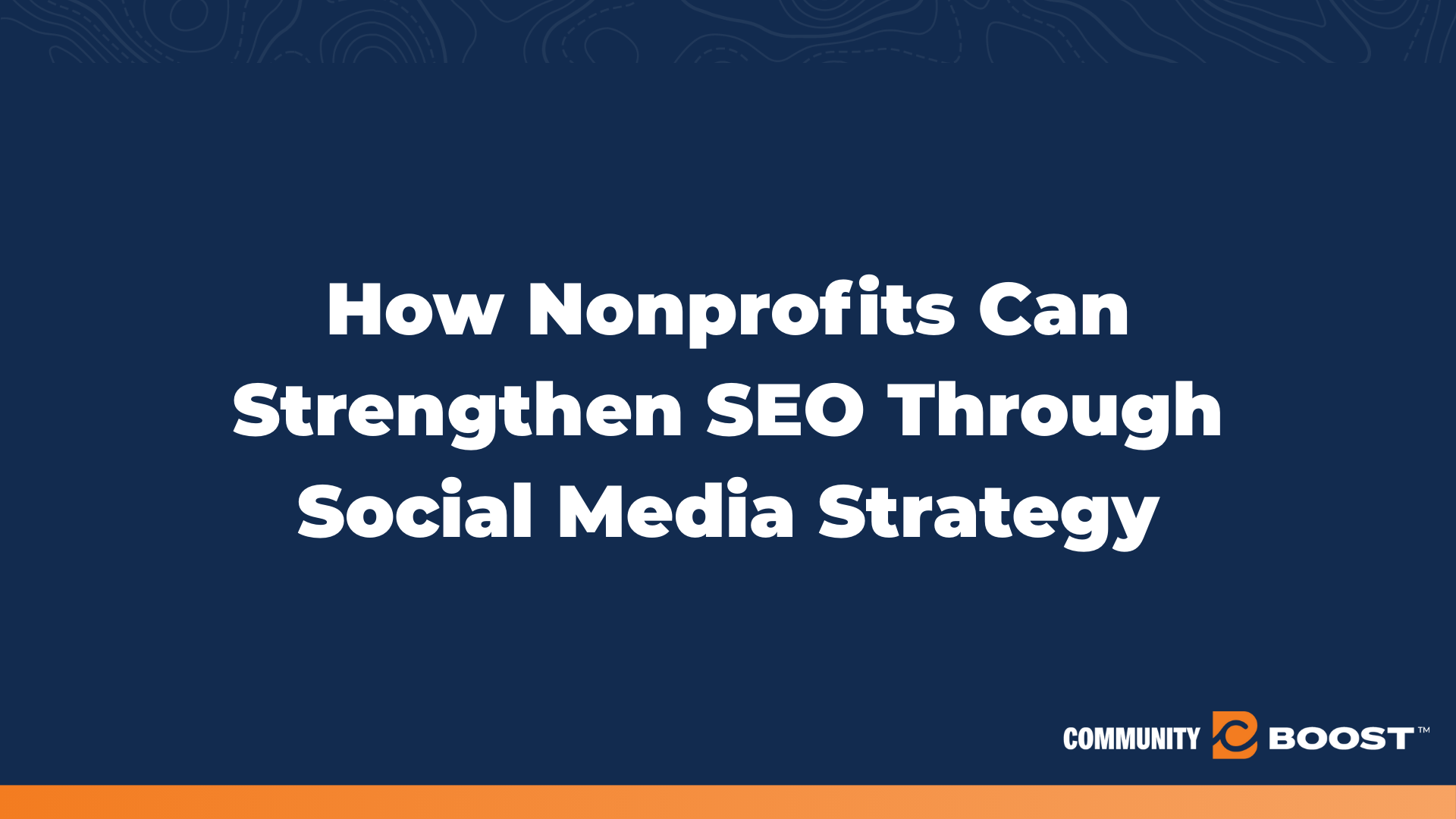Email Marketing Segmentation Strategies to Drive Online Donations
2 min to read ✭ In this post, you will learn about the importance of segmenting your nonprofit's email lists and how to approach doing so.
While segmenting your email lists is just one important email marketing strategy, it’s the one that your nonprofit must absolutely be doing. Organizing your organization’s email list will help you better target each audience, as you can adjust your message to be as relevant as possible when you are sending to a group of people with similar qualities. Think about what attributes occur that spark people to give. When you dig deeper, you will pull out trends of segmentation that might help you to better organize your lists.
Types of Donors to Consider
Renewed Donors
One way to think about your segmentation is to look at renewed donors. Since these donors have made a gift in the past and renewed their gift in the current year, your email strategy should typically be around upgrading their gift or potentially moving into a recurring donor program.
Current Donors
Your organization’s current donors are the people who have made a gift last year but haven’t given this year yet. If you segment that list, you will want to send them emails making a request that they donate about 50% higher from their previous donation. You can also send them emails to join a recurring giving program, which can be high in value if they decide to do so. Since they have donated in the past, chances are higher that they are open to joining a recurring donation program with your nonprofit.
Event Donors
The event donors are people who have attended an event, or even donated for the event but who haven’t really given to your organization outside of an event. These types of donors don’t really give online, so making an ask for a flat amount like $25 or $40, or however much that you think makes sense, is a good strategy to follow.
Peer-to-Peer Donors
If your organization is running a lot of peer-to-peer fundraising, then that means that your peer-to-peer donors have not necessarily given to your organization. Maybe they have donated to a specific person that your nonprofit is supporting, but not to you directly. With that, you can merge tag your list and acknowledge the original gift. From there, you could be sending donors an email about what their money has gone to. People like to know the direct impact they are making. Once you have warmed up your peer-to-peer donors, you can follow-up by making another request. This time around, your request can be geared more towards your organization as a whole instead of one person.
Large Gift/Major Donors
Whatever the threshold is for your organization when it comes to your major donors, you want to treat them differently. The language surrounding your communication with your large gift donors is certainly going to be different than your other donors, right?
If your major donors are getting emails about smaller gifts, then you are leaving a lot of money on the table, as well as not acknowledging people who are giving a lot to your organization. Approaching your major donors differently makes a lot of sense, so for this reason, it’s really important to be segmenting your donor email lists.
Non-Donors
Finally, the last type of donor to segment your lists around is going to be the non-donors. This will be more of a general segment here, where you have a log of emails for people who have never donated before. Your email marketing strategy surrounding your non-donors should be heavily focused on going after the first gift. Acknowledge what their first gift can do and what it would mean to your organization. Hopefully, you can convert some of those people on your general email list to donors.
Audit Your Organization’s Email List Segmentation
Understanding the importance of segmenting your donor lists is certainly not rocket science, but there needs to be more work put into it than there is right now. Take some time to audit your organization and see how you are segmenting. If you can make that commitment to build out your segmentation strategy, you will drive more online giving and increase retention. The hyper-targeting and better email alignment will not go unnoticed by your donors longterm. They want to feel like you are emailing them specifically, and not mass sending to your whole list. Segmenting your lists and adjusting your email creative to be as relevant as possible to each list will do just the trick.




